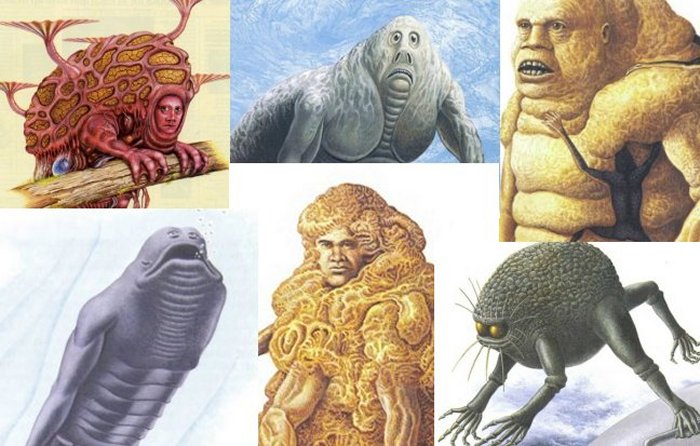
Those remains are not enough to show us what Denisovans looked like. The DNA came largely from isolated teeth, chipped bones and even dirt. In recent years, studies of fossil DNA have also revealed yet another humanlike lineage in this period, the Denisovans. But Dragon Man existed at a time when a number of drastically different kinds of hominins coexisted, including Homo erectus - a tall human with a brain two-thirds the size of our own - as well as tiny hominins including Homo naledi in South Africa, Homo floresiensis in Indonesia and Homo luzonensis in the Philippines. Today, the planet is home to just one species of hominin - Homo sapiens. The scientists analyzed the chemical composition of the fossil, and determined it was at least 146,000 years old, but no older than 309,000 years. “It’s distinctive enough to be a different species,” said Christopher Stringer, a paleoanthropologist at the Natural History Museum in London and co-author of two of the three Dragon Man papers. They later evolved into larger-brained species that set the stage for Homo sapiens to expand across the entire globe. The researchers argue that Dragon Man’s combination of anatomical features are found in no previously named species of hominin, the lineage of bipedal apes that diverged from other African apes. They say that his brain was about 7 percent larger than the average brain of a living human.

The lower jaw is missing, but the researchers infer from the Dragon Man’s upper jaw and other fossil human skulls that he likely lacked a chin.

His cheeks were flat and his mouth broad. In the papers published Friday, the researchers argued that Homo longi appears to have been an adult of great size. The family donated it to the Geoscience Museum of Hebei GEO University, where scientists immediately could see that it had been exquisitely well preserved. Shortly before his death in 2018, the laborer told his family about the fossil.


 0 kommentar(er)
0 kommentar(er)
